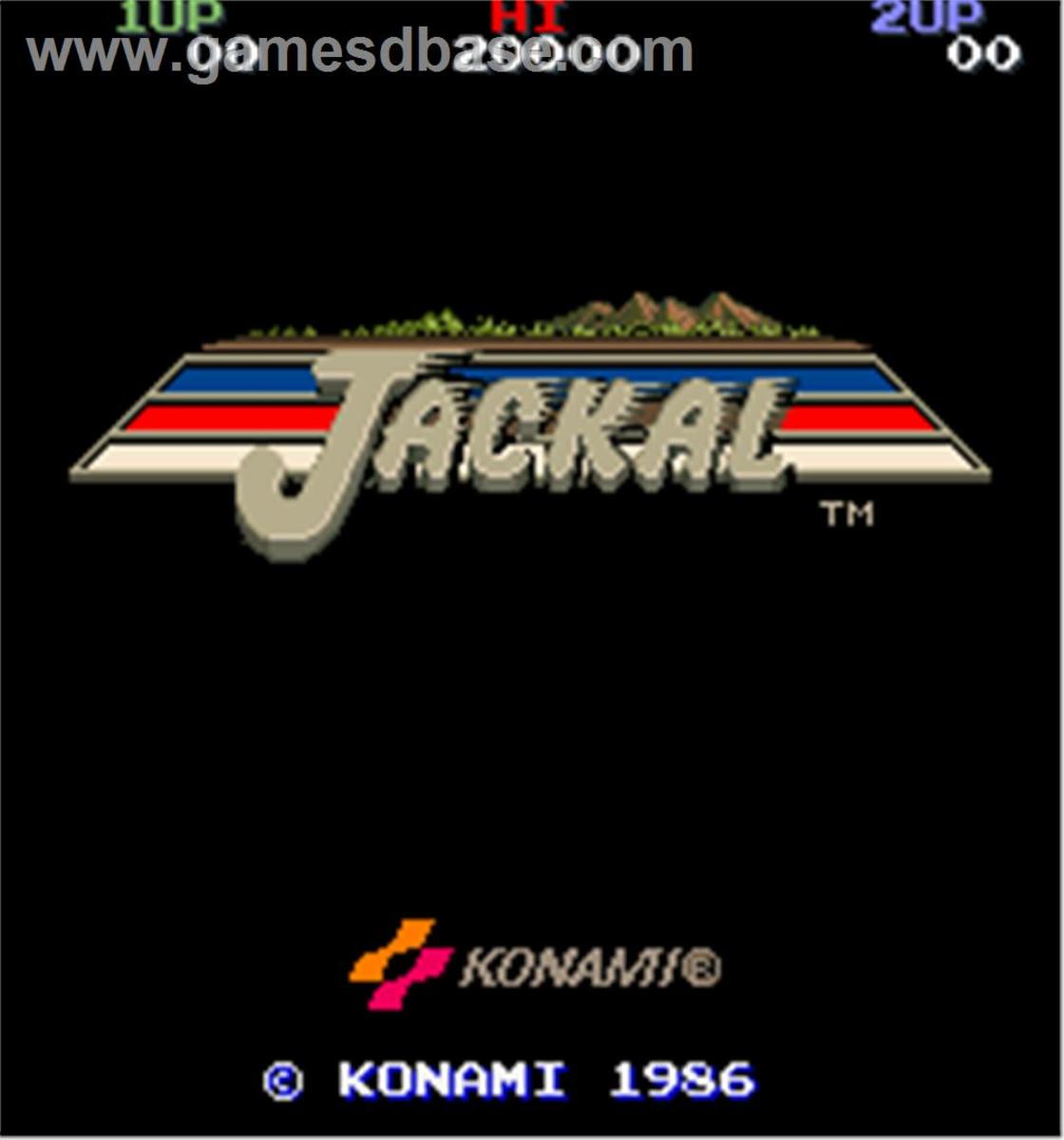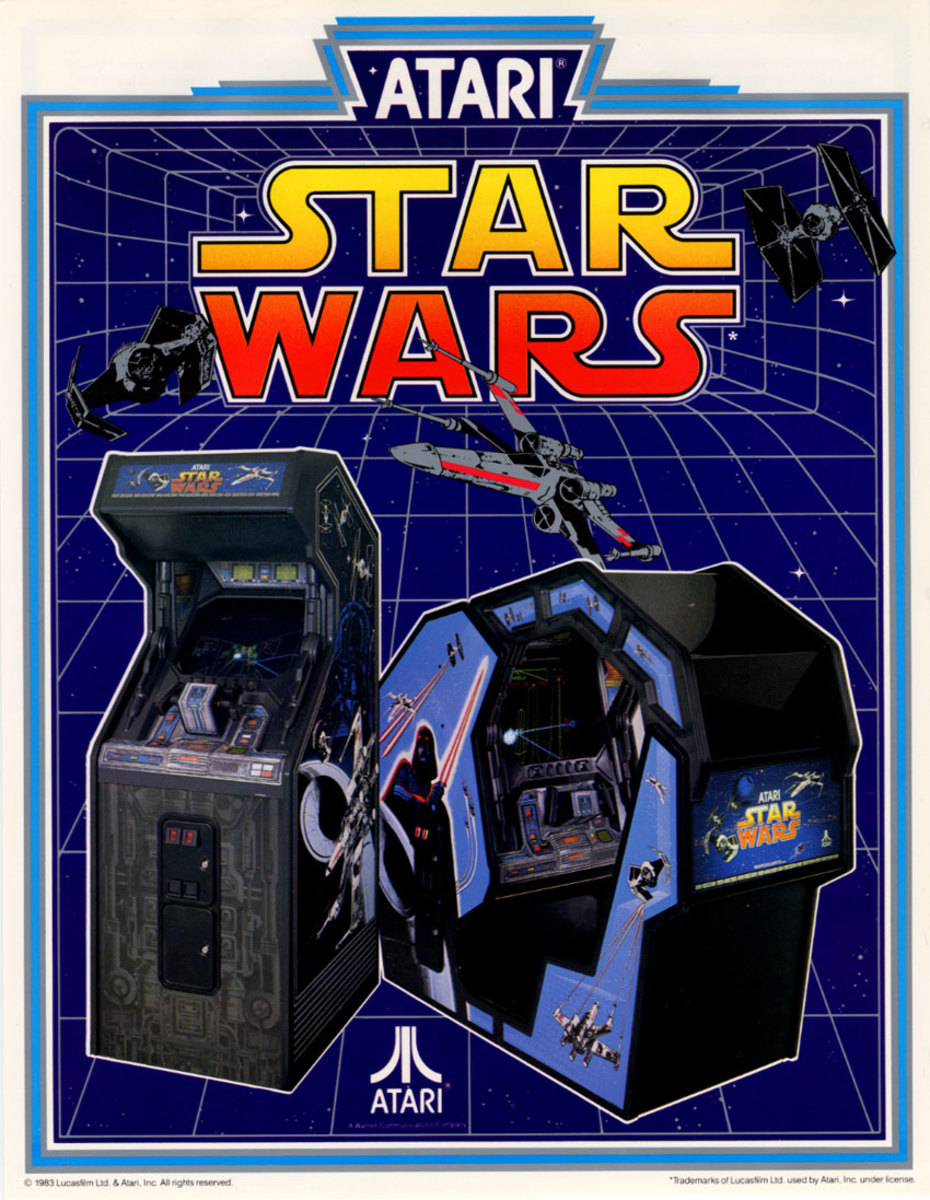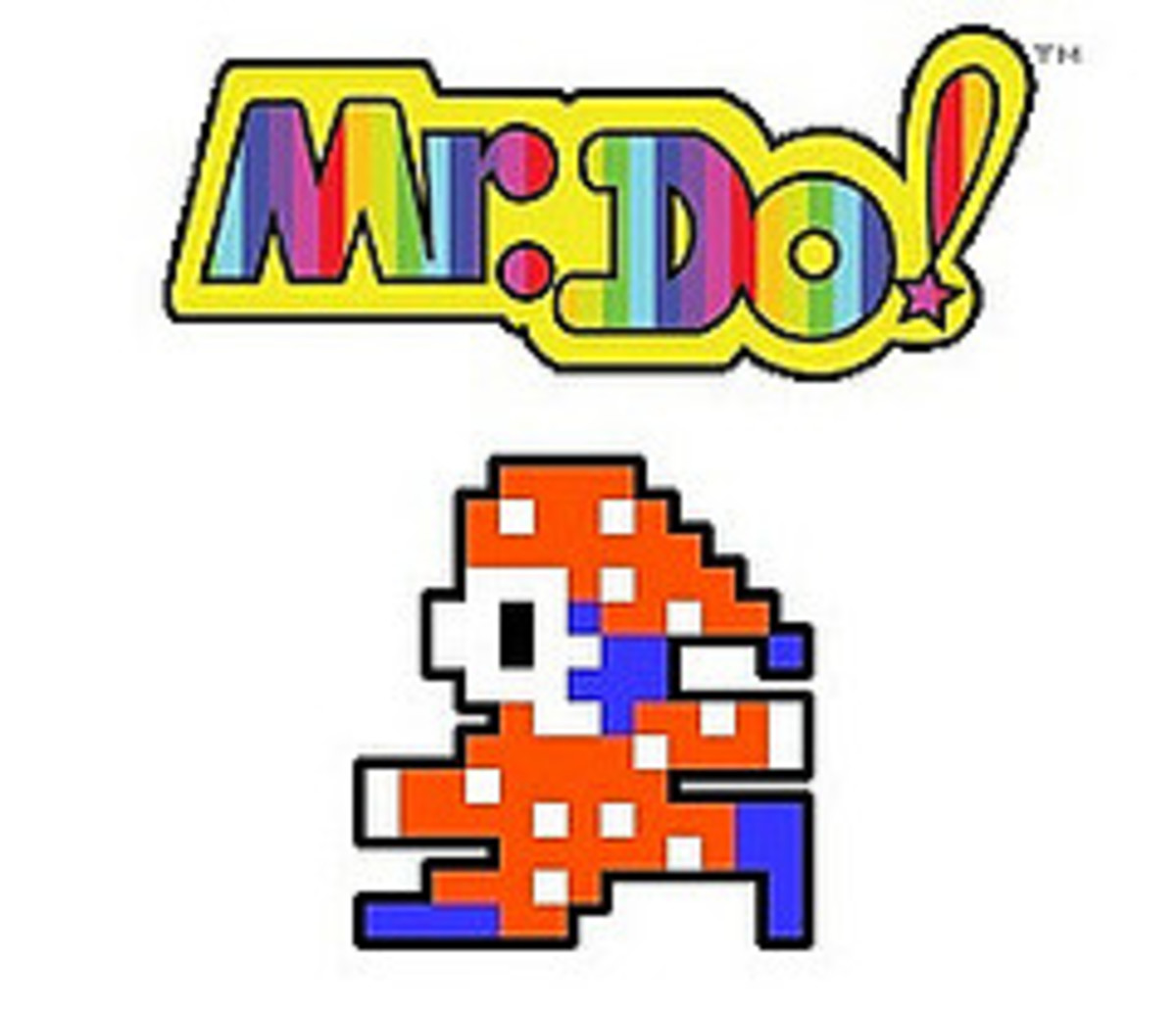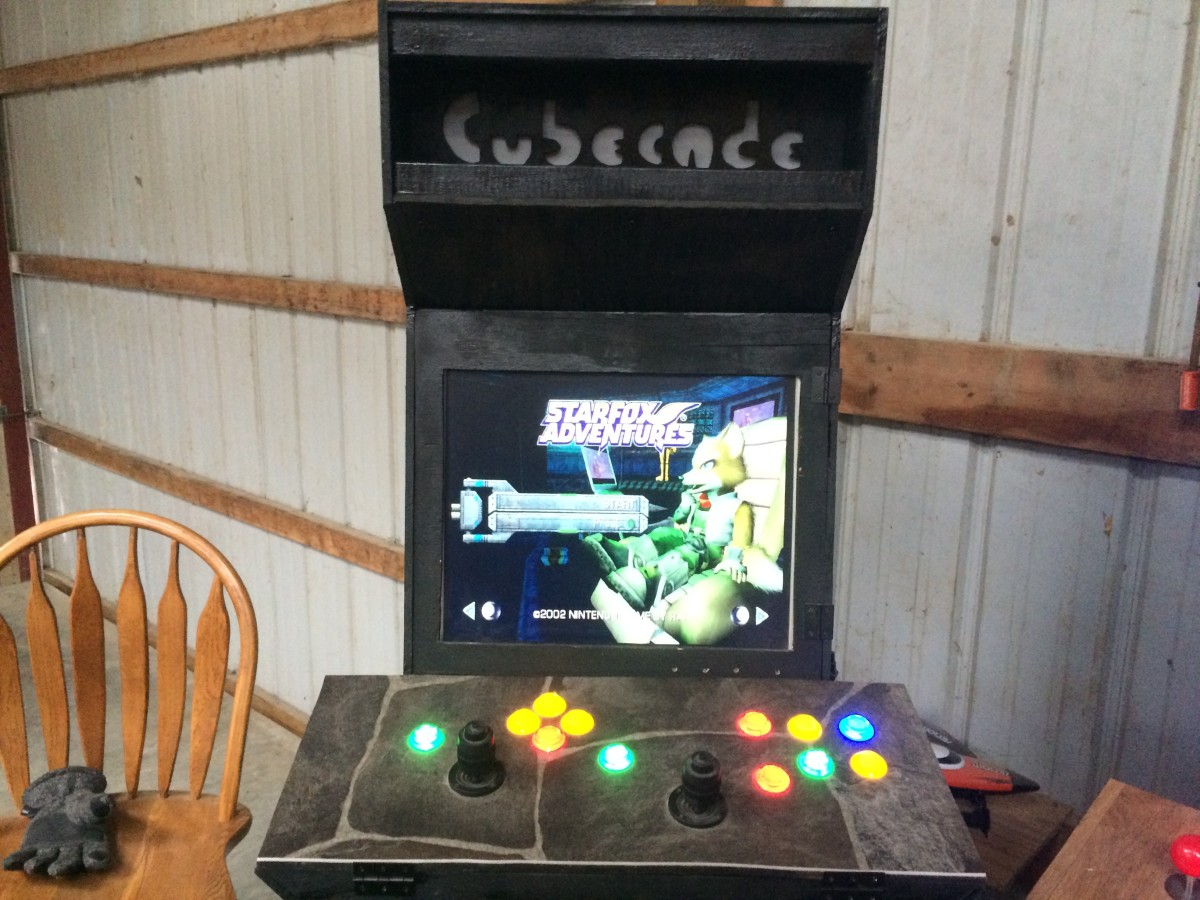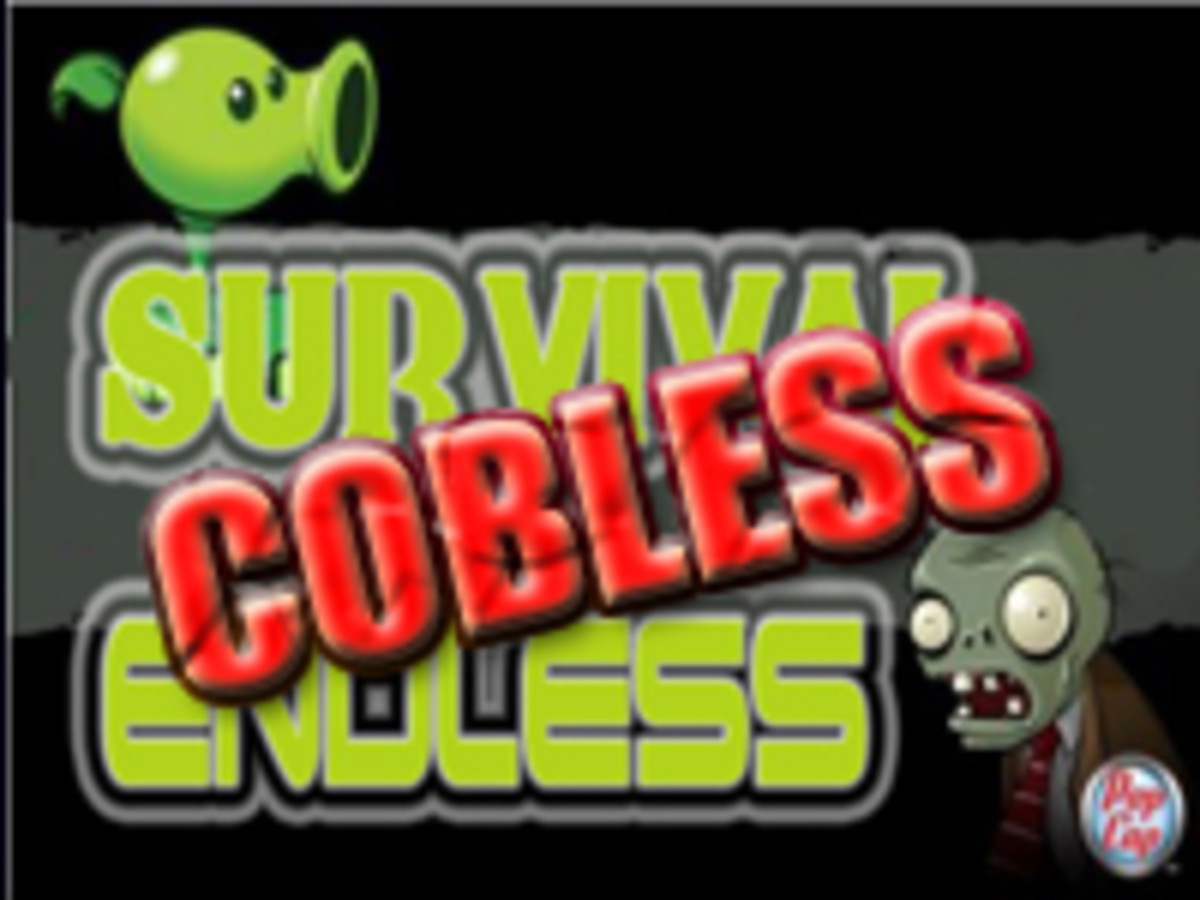Punch Out Arcade Game
Punch Out Arcade Game Overview
Punch Out was a boxing game from gaming legends Nintendo that took a '3D Third Person' standpoint with the players fighter represented by green wire-frame graphics.
You would enter three initials to name your boxer at the beginning of the game and then take to the ring to face ever more difficult opponents in your quest to become the undisputed champion of the world.
The game would go on to spawn a sequel (called Super Punch Out) and a host of spin-off titles and conversions (both official and unofficial efforts) to home computers and home gaming systems of the era.
It's time to raise the gloves, psyche yourself up, pop in a gum-shield and listen to some classic Bill Conti whilst reliving a true classic arcade game from the 1980's.
Seconds out.
Round one.
Ding! Ding!
Arcade Flyer for Punch Out - Nintendo
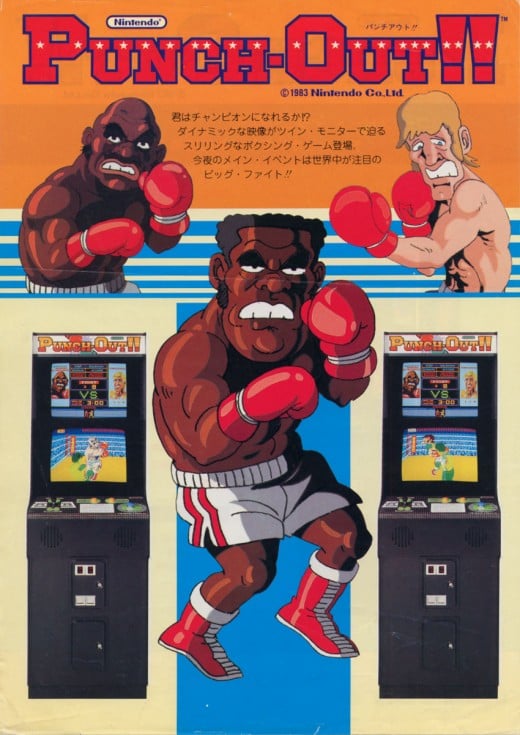
The Menu Screen to Punch Out
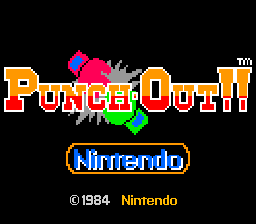
Punch Out Game Play
In the game the player assumes the role of the aforementioned green-haired boxer.
As stated the boxer is viewed from behind as a wire-frame character to allow the opponents to be seen (through your character) easily.
This was a nice touch and allowed you to see the action properly as you played the game.
You must time your punches, side-to-side dodges (bob and weave son, bob and weave) and covering up with your gloves in order to defeat the opposing boxer.
Hints are given as to the opponents next move by subtle eye changes (the white of the eyes turns a shade of yellow), but you must know your opponents attacks and react accordingly.
It should be noted that this was an arcade game and was by no means an accurate simulation of the pugilist sport, focusing on fun and action rather than the nitty gritty of proper boxing.
In any bout you only have one round to land a Knock-Out.
Technically, there is no 'TKO' element for multiple knock-downs, but the 'three knock-down rule' is utilized nonetheless; no boxer ever returns to his feet after being on the receiving end of a third knock-down in the same round.
Additionally, (and again unlike the real thing), a win by decision is not possible; an automatic loss occurs for you if the bout time expires.
If you lose, the computer controlled boxer will taunt you (and your corner man!)
No doubt this was a clever way to make you try the game again and feed in another coin... I must admit the cries of "Come on, stand up and fight!" did make me play it again and again back in the day!
It was a bit like calling Marty McFly a chicken I suppose...
You were only allowed one continue per play, after that it was back to the beginning.
Also, like many arcade games created during the 1980's there is no actual end to the game.
Should you defeat the final boxer the game would then return to the first fighter with the difficulty level increased.
As you may expect the game also continuously loops until you are defeated.
If you were a good player though you could be in action on one coin for a long time, thus proving you really could 'go the distance'....
Gonna Fly Now!
:-)
Punch Out Arcade Game In Action
The Punch Out Arcade Cabinet (Restored by blkdog7)
The action in Punch Out was viewed via two monitors
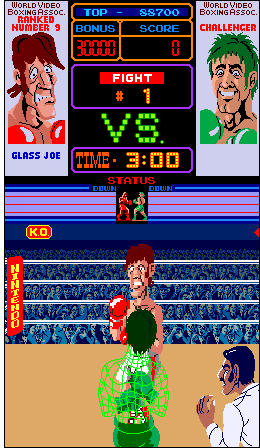
Punch Out Cabinet Features and Knock-Outs
The game was housed within a modified upright cabinet and was unusual in that it was constructed with two monitors, one above the other to display the action.
The top monitor was used to display game-statistics (such as energy bars, knock-out meter, fight time, opponent name and so on) while the bottom monitor was used to show the actual boxing action.
The game was controlled via a joystick and three buttons.
Two buttons controlled left and right punches, one for each arm (denoted by the digitised speech cries of "Left!", or "Right!" when hitting the head, or "Body Blow!" when hitting the torso).
A large button was used to deliver a devastating right hook, though this move could only be delivered once you had landed a number of normal punches on the opponent and built up your 'KO' meter to full strength.
Landing successive punches (without being hit yourself) built up the meter and when it maxed out the corner man would shout to you "Put him away!" or "Knock him out!".
It was quite exciting once you could unleash your devastating finishing move and watch your opponents health bar drop dramatically with each hit you landed.
It was touches like this that made the game more playable and fun as well as adding a little variety to the proceedings.
If the corner man had sounded like Burgess Meredith it would have been even better!
Punch Out On Amazon
Punch Out Influence and Other Versions
This is a classic arcade game that pushed the boxing and beat em up genre in a new direction.
Rather than the standard 'side view' of the action we now had a pseudo 3-D viewpoint to work with putting us right into the heat of the action.
This game also heavily influenced the likes of the officially endorsed Frank Bruno's Boxing on the ZX Spectrum (this game also appeared on other 8-bit machines such as the Amstrad CPC 464 and Commodore 64).
A follow up called Super Punch Out appeared in the amusement arcades in late 1984 (which was converted to the SuperNES home gaming system) and three of the characters here made their way into the above mentioned Frank Bruno's Boxing in the shape of 'The Canadian Crusher', 'Fling Long Chop' and 'Andrei Puncheredov' (they were re-named in the home computer game but were essentially the same characters).
Other home games on the 8-bit systems such as Rocco (which was developed by the Spanish software house Dinamic) were also heavily inspired by this arcade game.
In more recent times Punch Out has enjoyed a run out on the Nintendo Wii (which is a very playable and fun version in my opinion) and also on the Nintendo DS.
All in all Punch Out remains a great game to play and must surely be regarded as a classic in the genre.
Seconds out...
Which version of Punch Out did you prefer?
Which version out of those listed did you prefer?
Useful Retro Blog Links
- Amiga Games
A fine collection of vintage 16 bit games - Funny Games
A variety of humorous games on a multitude of formats - ZX Spectrum Games
The best rubber keyed micro ever!
Other Classic Arcade Games
- Asteroids Game
THE CLASSIC - Bagman
Bagman was an arcade game released in 1982 by the lesser known Valadon Automation - Battlezone Arcade Game
Classic vector graphics blasting action - Centipede Arcade Game
Classic trackball action - Frogger Arcade Game
Why could the frog never swim? Still, a great little game! - Green Beret Arcade Game
Take on endless enemies with only a knife - Karate Champ Arcade Game
The only game I know of where you can punch a bull in the head! - Operation Wolf Arcade Game
Take on the enemy with everything but a knife! - Pacman Arcade Game
Still as iconic now as it was then - Paperboy Arcade Game
More fun than delivering real newspapers - Rolling Thunder Arcade Game
An underrated game from Namco - Space Harrier Arcade Game
The Fantasy Zone awaits you! - Space Invaders
Those pesky invaders are still popular


